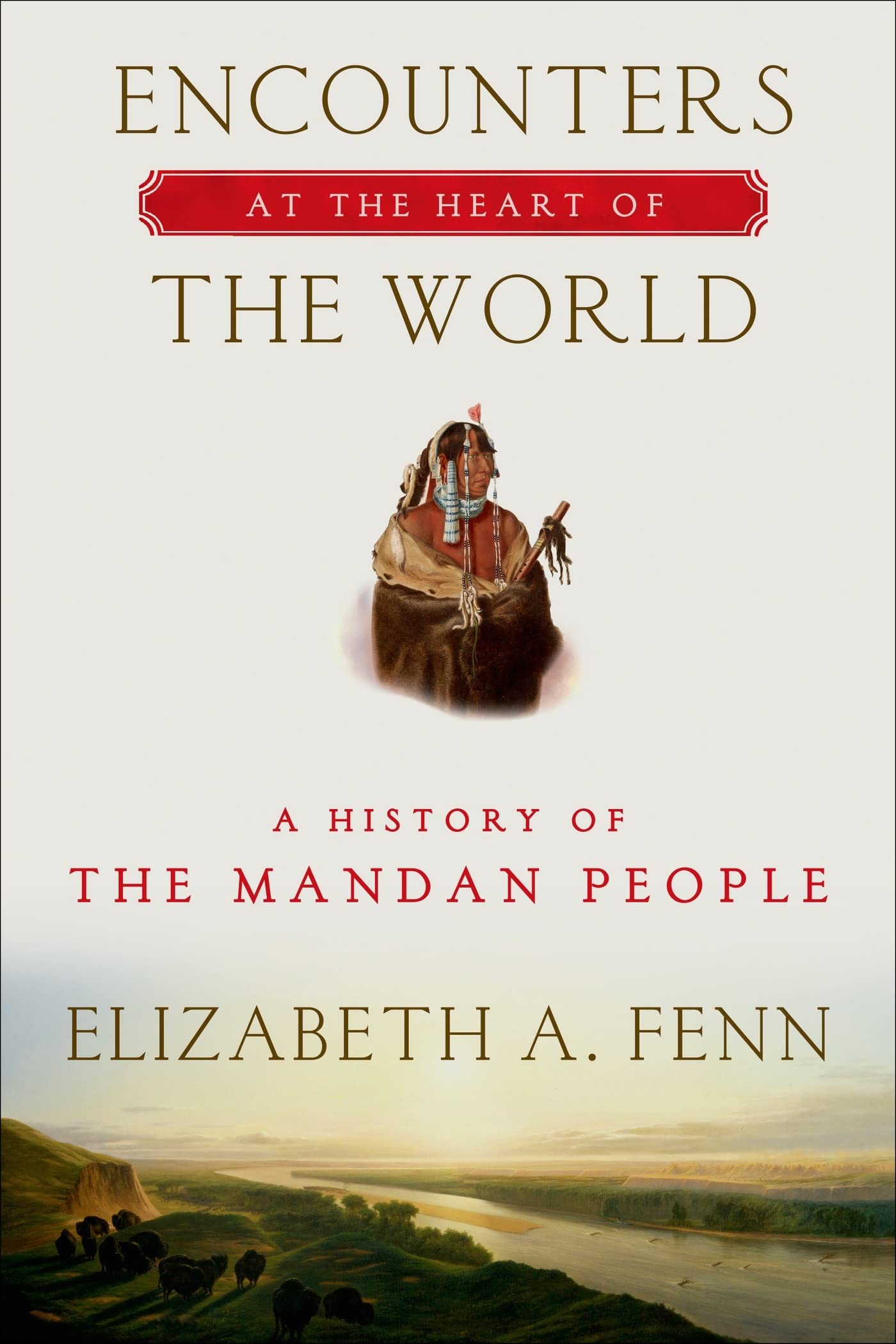Livre relié, 456 pages
Langue : English
Publié mars 2014 par Hill and Wang.

Livre relié, 456 pages
Langue : English
Publié mars 2014 par Hill and Wang.
We mainly know of the Mandan Indians—iconic plains people whose teeming, busy towns on the upper Missouri River were for centuries at the center of the North American universe—because Lewis and Clark wintered in their midst in 1804-1805. But these prosperous villagers had a rich history, and in Encounters at the Heart of the World, Elizabeth A. Fenn retrieves it, piecing together not only archeological and anthropological findings but also relevant new work in geology, climatology, epidemiology, and nutritional science. Her pathbreaking account of centuries of Mandean prosperity and productivity gives us a new perspective on early American history, a new interpretation of the American past.
By 1500, some twelve thousand Mandans were established on the northern plains, and their commercial prowess, agricultural skill, and reputation for hospitality became famous. Recent archeological discoveries show how they thrived, and then how they collapsed. The damage wrought by imported diseases such as …
We mainly know of the Mandan Indians—iconic plains people whose teeming, busy towns on the upper Missouri River were for centuries at the center of the North American universe—because Lewis and Clark wintered in their midst in 1804-1805. But these prosperous villagers had a rich history, and in Encounters at the Heart of the World, Elizabeth A. Fenn retrieves it, piecing together not only archeological and anthropological findings but also relevant new work in geology, climatology, epidemiology, and nutritional science. Her pathbreaking account of centuries of Mandean prosperity and productivity gives us a new perspective on early American history, a new interpretation of the American past.
By 1500, some twelve thousand Mandans were established on the northern plains, and their commercial prowess, agricultural skill, and reputation for hospitality became famous. Recent archeological discoveries show how they thrived, and then how they collapsed. The damage wrought by imported diseases such as smallpox and the havoc caused by the arrival of horses and steamboats were tragic for the Mandans, yet, as Fenn makes clear, their sense of themselves as a people with distinctive traditions endured.
Fenn’s remarkable study of Mandan history, landscapes, and people is enriched and enlivened not only by her scientific and historical research but also by her own encounters at the heart of the world.